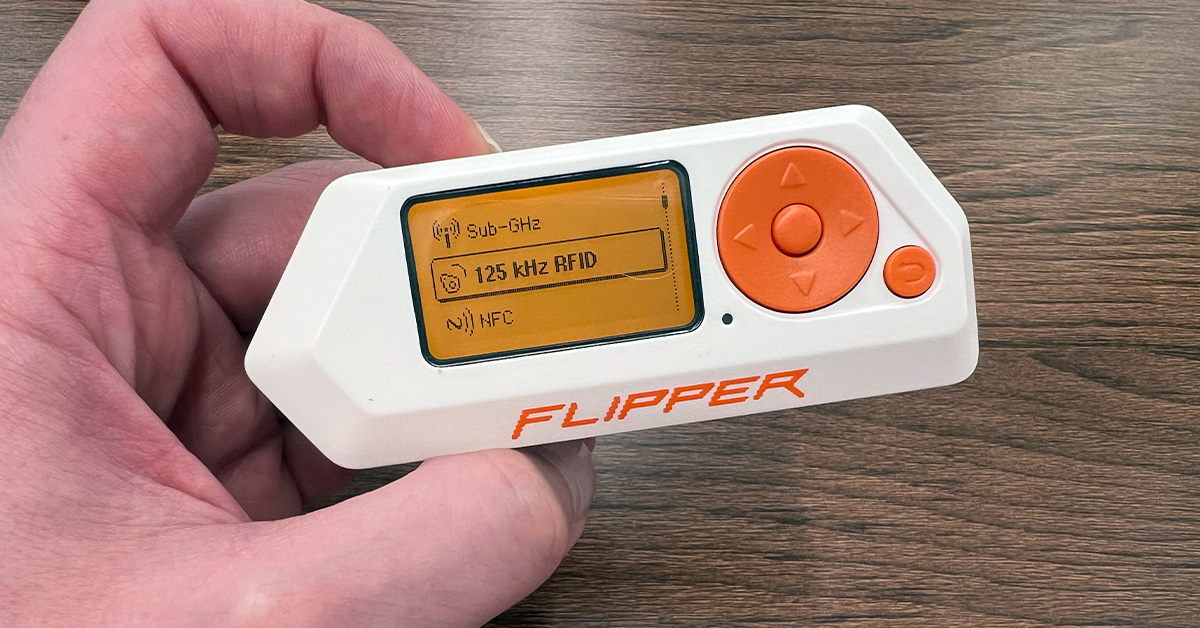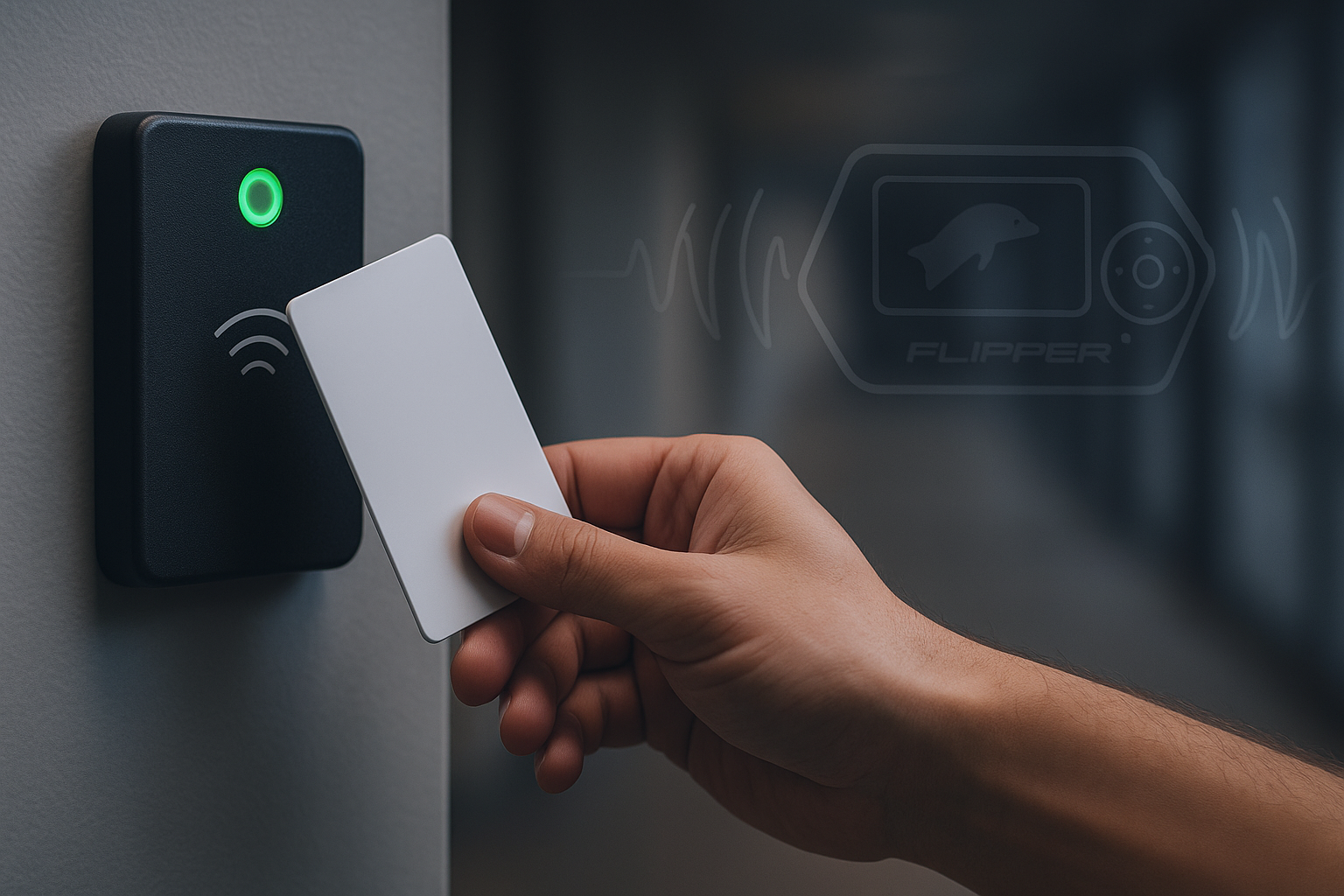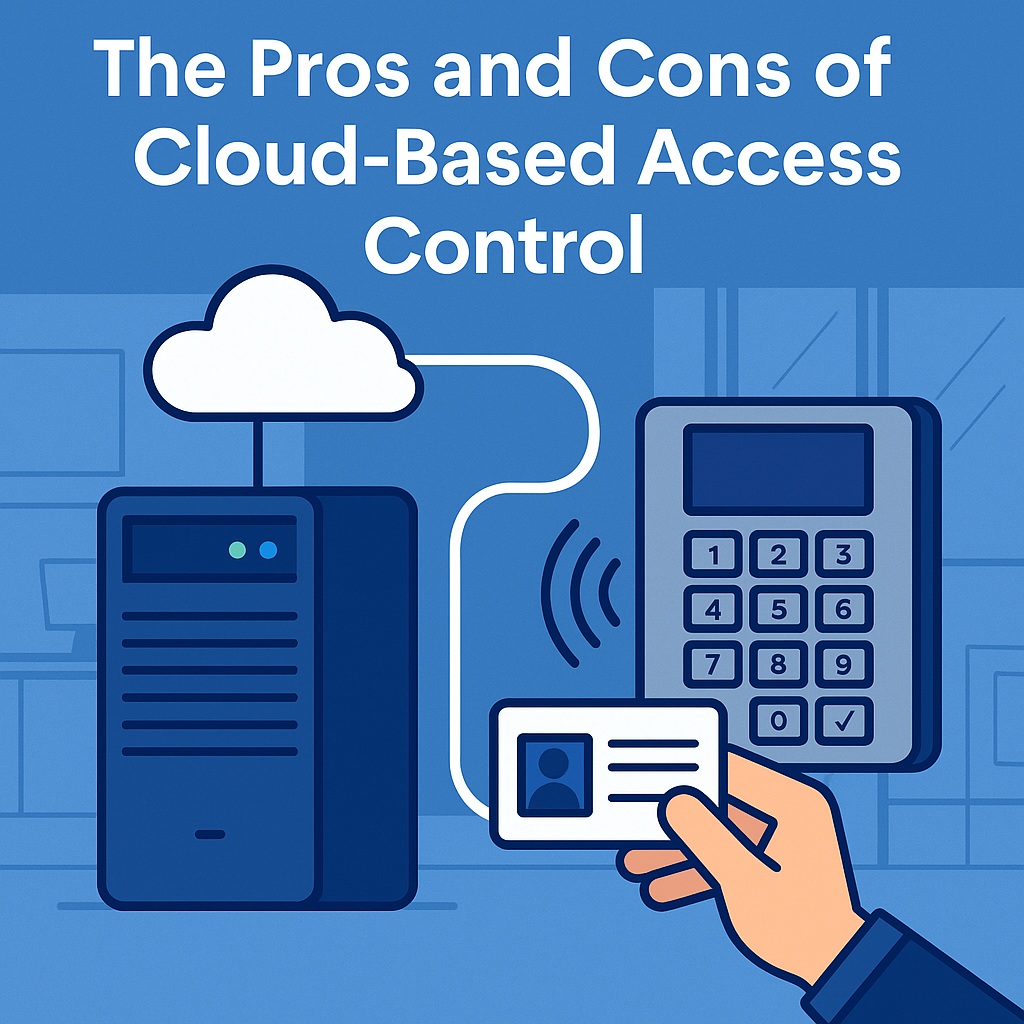Planning to upgrade your access card system? Avoid these common mistakes to keep the process smooth, secure, and stress-free.
1. Skipping the Planning Phase
One of the biggest mistakes in upgrading access card technology is jumping in without a clear plan. Before anything else, take the time to assess your current system. What's working? What isn’t? Look at security features, usability, and how well the system supports your day-to-day operations.
Set clear goals. Are you aiming for better security, faster access, easier integration, or all of the above? Defining your objectives upfront helps ensure the upgrade matches your long-term needs.
Also, don’t leave key stakeholders out of the conversation. Bring in IT, security, and facilities early on. Their insights will help you avoid blind spots and make smarter decisions from the start.
2. Overlooking Compatibility Issues
Another common pitfall? Assuming new access card technology will just “plug and play” with your existing setup. Incompatibility with your current infrastructure can cause everything from minor glitches to major security risks.
Test first. Make sure the new system integrates smoothly with your security software, databases, and hardware. Bring your IT team into the process to help you avoid surprises and ensure everything works together seamlessly.
3. Forgetting to Train Your Team
Rolling out new access cards without proper training can leave your staff frustrated and confused. Even the best system won't work if people don’t know how to use it.
Create a simple, clear training plan. Include live demos, step-by-step guides, and FAQs. Make sure employees understand not just how to use the new system, but why the change was made. When people feel informed and included, adoption is faster and smoother.
4. Ignoring Scalability
Your access control needs today might not match your needs tomorrow. That’s why scalability matters. If your system can't grow with you, you'll end up back at square one sooner than expected.
Choose a solution that can scale, whether that means adding more users, locations, or features like biometric authentication or mobile credentials. A future-ready system saves money, time, and headaches in the long run.
5. Failing to Prioritize Security and Compliance
Don’t let convenience come at the cost of security. Modern access card systems need to protect against breaches while meeting regulatory standards.
Look for features like AES-256 encryption, strong authentication protocols, and tools to protect cardholder data. Bring your security team or a consultant into the loop early to identify potential risks and ensure compliance with industry standards.
Upgrading your access card technology can be a major win for your organization—but only if it’s done right. Avoiding these common mistakes will help you build a system that’s secure, scalable, and built for the future.







